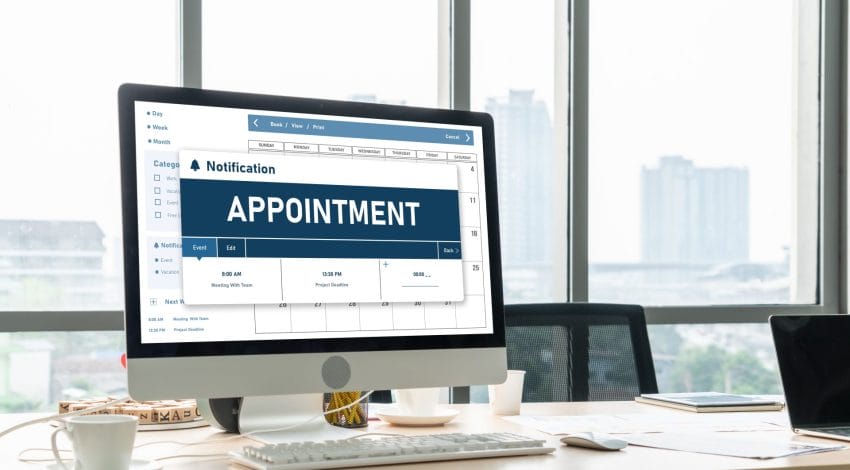I was recently looking for a new doctor and went to a health system’s website to find one I might want to connect with. I found one, and reached out through the site’s online scheduling option to set up an appointment. I got a message that someone would call me.
What? That felt to me like a real let down—a classic “bait and switch” situation. While the site seemed to promise and promote online scheduling, clearly what they offered wasn’t really online scheduling.
A couple days later I did get a call and a message inviting me to call back to talk about setting up an appointment. I haven’t yet, and don’t know if I will. The whole experience just left a bad taste in my mouth.
Healthcare Organizations Not Meeting Consumer Expectations
Consumers today expect to be able to go online and complete a wide range of transactions—including making appointments with their healthcare providers, and getting information, either through chatbots or chat functions. Through our medical mystery shopping experiences (secret shopping), though, what we’re seeing is that often these systems tend to disappoint more than they delight.
Patients often find that:
- They can’t really schedule an appointment online. They have to connect with a person.
- They spend time filling out forms online, and then are asked for the same information when they show up for their appointments.
- They’re not able to experience the same ease and convenience they’ve come to find with other common consumer experiences like shopping, banking, making travel arrangements, managing smartphone and streaming subscriptions, and much more.
If other industries can offer easy to use digital front door experiences, why can’t healthcare?
Removing Barriers to a Seamless Digital Front Door Experience
We’re not suggesting that providing seamless digital front door experiences is easy. It’s not. There are some real barriers that can hinder the ability of systems to offer seamless experiences: technological limitations, provider resistance to opening their calendars for automatic scheduling, privacy and security concerns, resource constraints, and operational silos to name some of the biggest barriers.
But, it can be done. There are ample opportunities for improvement. For instance:
- Eliminating bait-and-switch practices that offer self-scheduling but are really requests for appointments. Instead, offer truly seamless online scheduling without the need for follow-up calls. This could be done by integrating scheduling systems to sync with providers’ calendars. Providers may balk, but there’s really no excuse not to offer this option today.
- Personalizing user experiences. Leverage the value of the masses of information you have about your patients to provide them with access to information and a personalized experience.
- Offering multiple communication channels. Not all patients want to interact digitally, but the increasing numbers that do should have an option that is easy to access and use. These, phone, and in-person interactions should all provide the same level of quality access and support.
- Transparent, user-friendly interfaces that seamlessly provide patients with the information they most often need—provider directories, insurance information, wayfinding.
Many healthcare systems may say—and may believe—that they’re doing these things well. But are they? Medical mystery shopping can reveal the reality of your patient access experiences.
Reap the Value of Medical Mystery Shopping
Gathering real-world feedback through medical mystery shopping helps to continuously assess and improve the digital front door experience. With mystery shopping we’re able to look at what consumers think of the digital experience, as well as phone and in-person experiences. It’s vital to have a good understanding of these interactions because they’re important emotional factors that will determine if somebody stays with your organization or if they speak positively about your organization to others.
If your HCAHPS scores related to access aren’t where you’d like them to be and you don’t know why, medical mystery shopping can give you some answers. Learn more.
Tags: access, Customer Experience, Customer Service, Employee Engagement, HCAHPS, mystery shopping, Patient Experience, patient satisfaction

